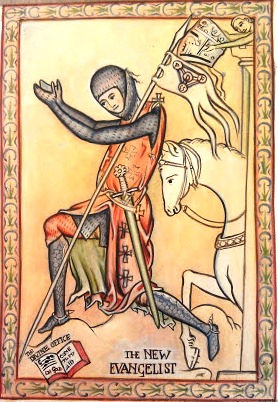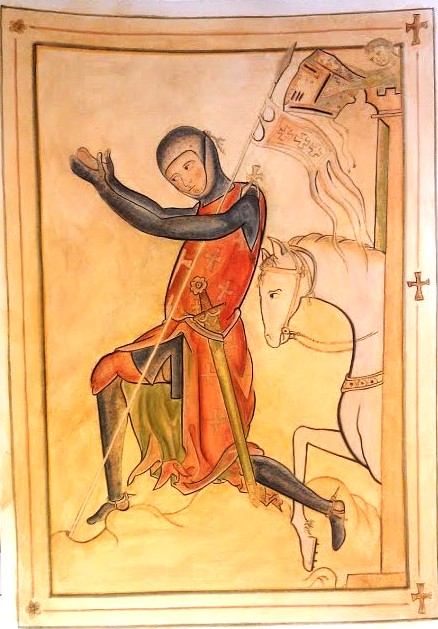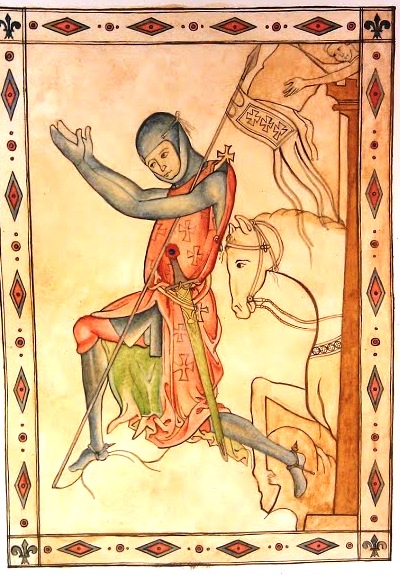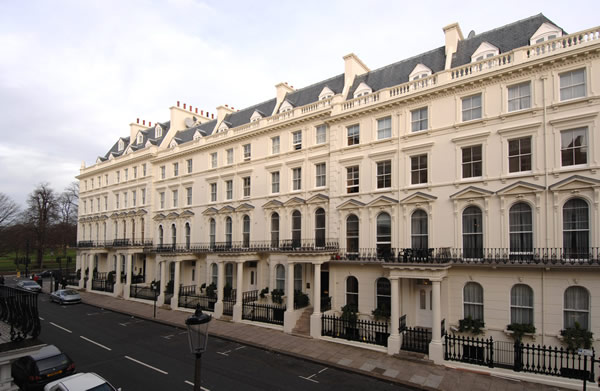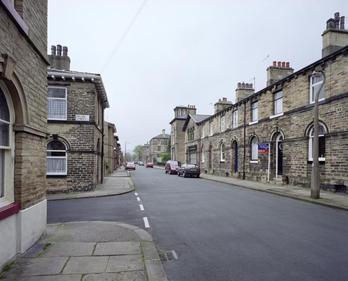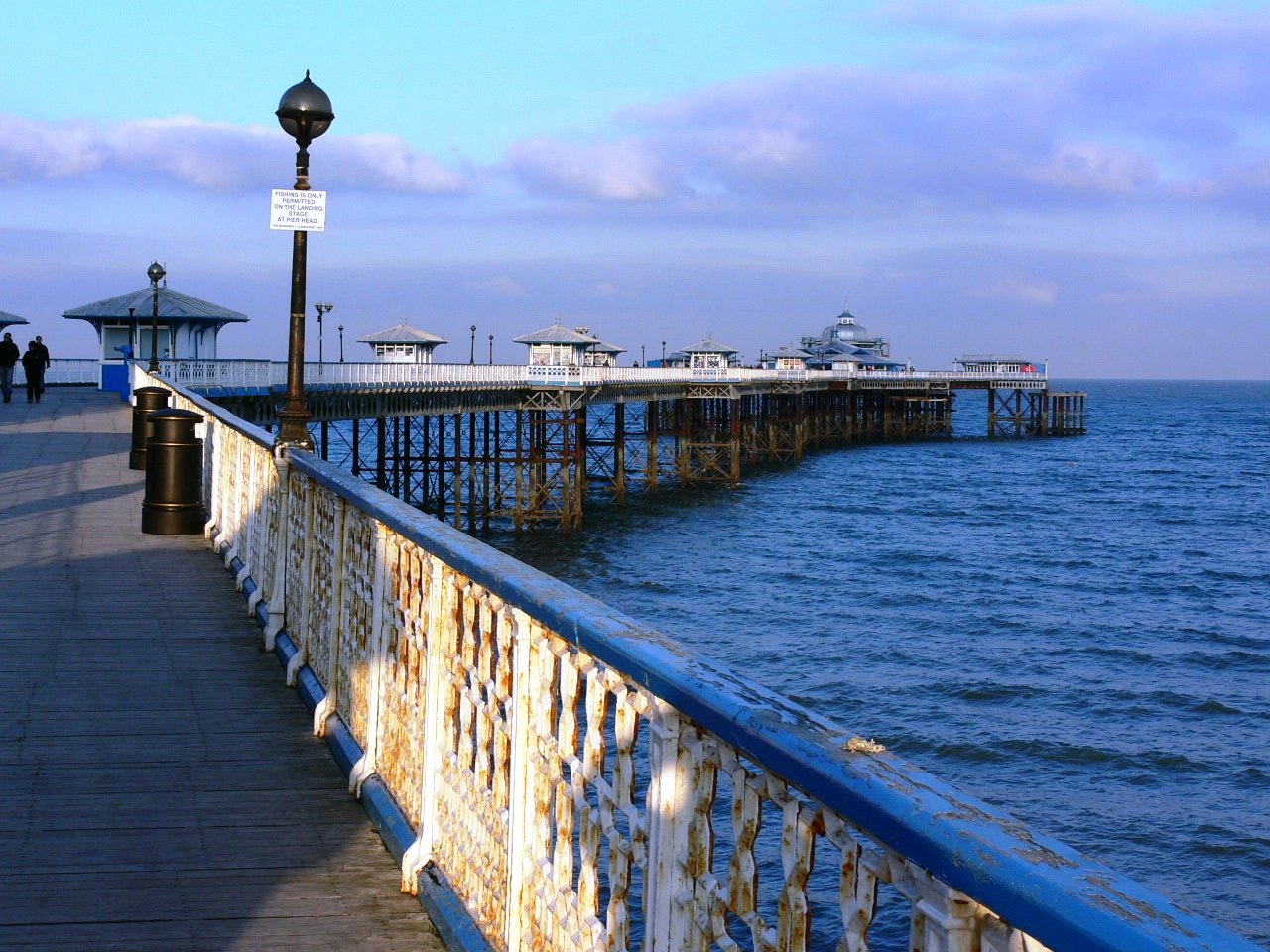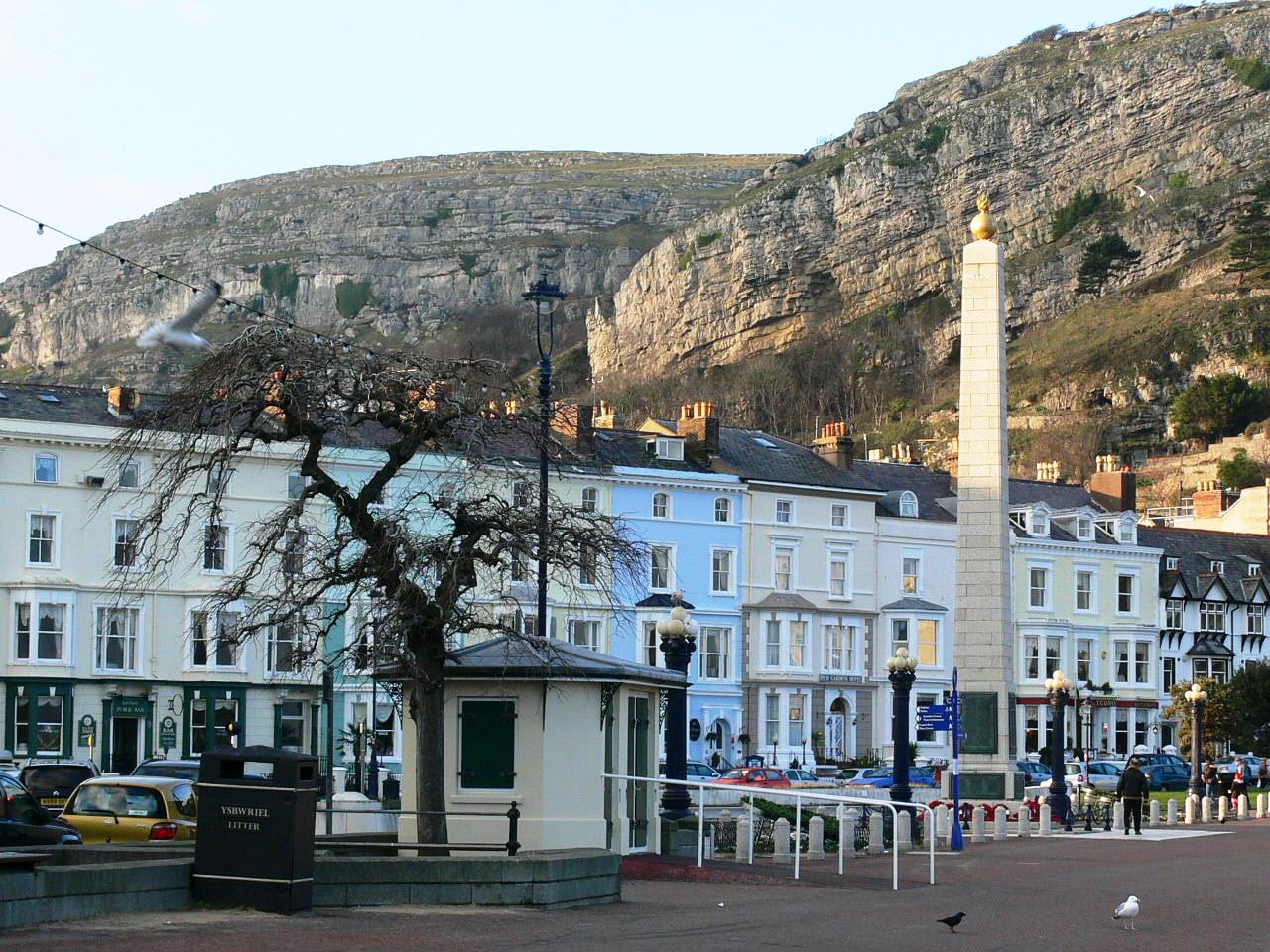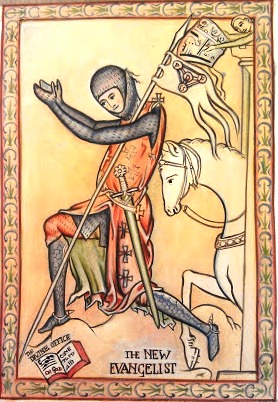 Art, as the Catechism tells us, can communicate through beauty aspects of the truth that words alone cannot. In this posting Dr Caroline Farey of the School of the Annunciation, Buckfast Abbey, Devon, England describes why this image was chosen to exemplify and communicate the idea of the via pulchritudinis - the pathway of beauty that leads to Beauty itself, and which is itself beautiful. This is an important aspect of the School's newly launched Diploma in New Evangelization, a distance-learning, interactive online course.
Dr Farey also leads the School of the Annunciation summer school in ‘Finding Faith through Sacred Art’, August 14-17th at the same magnificent location and its not too late to enrol for that too. You can enrol through their website.
Art, as the Catechism tells us, can communicate through beauty aspects of the truth that words alone cannot. In this posting Dr Caroline Farey of the School of the Annunciation, Buckfast Abbey, Devon, England describes why this image was chosen to exemplify and communicate the idea of the via pulchritudinis - the pathway of beauty that leads to Beauty itself, and which is itself beautiful. This is an important aspect of the School's newly launched Diploma in New Evangelization, a distance-learning, interactive online course.
Dr Farey also leads the School of the Annunciation summer school in ‘Finding Faith through Sacred Art’, August 14-17th at the same magnificent location and its not too late to enrol for that too. You can enrol through their website.
She writes: 'This picture and the whole page ‘evangelise’, that is, ‘proclaim the Good News’ and the artist friar, Don Silvestro, has chosen to proclaim it in glorious gold and exuberant life and colour! The musical notes too join the joyous proclamation on the page to that of the choir who will sing from it. The first two notes are an interval of a fifth, an uplifting interval, an interval used for the joyous moments in the Church’s liturgy. This illuminated capital letter ‘P’ is a depiction of the Good News that Jesus Christ, Son of God, was born of the Virgin Mary. You can see that the P is the first letter of ‘Puer’ ‘boy child’. God is born a boy child, born of a virgin ‘betrothed to a man to a man whose name was Joseph, of the house of David; and the virgin’s name was Mary.’ Luke chapter 1:27.
'No ‘news’, no facts, no truth, can compare with this. No other religion ever claimed that Almighty God, Creator of the universe chose to enter his created world and its history, as a human being, at a specified time and place in a particular family that could be verified with parents, Grandparents and cousins.
Let us look closely at the Latin words. On this page we find that these do not come from the New Testament (as the image portrays), but from the Old, from the prophet Isaiah (Is 9:6)
- ‘Puer nat(us) est nob(is) ‘A child is born for us,
- Et filius datus e nobis - and a son is given to us,
- Cuius imperium - whose government - (next page not shown) is upon his shoulder’.
'Here we have perfectly portrayed the unity of the Old and the New Testaments in Jesus. As the Catechism tells us (CCC.102): ‘Through all the words of Sacred Scripture, God speaks only one single Word, his one utterance in whom he expresses himself completely’. That is Jesus, the Son and Word and Image of God. The Good News of God becoming man has been proclaimed in a hidden way throughout the whole of the Sacred Scriptures.
The Incarnation: a cosmic event
'Let us now look again at the miniature painting itself. This image portrays the event that changed everything, the whole of creation. The open cave depicts the hard earth opening to let the love of God enter in and ‘dwell’ in our midst. It follows the prophet Ezekiel (36:26) who speaks of our hearts like hearts of stone that need to be opened and replaced with hearts of flesh, hearts that receive the divine love of God by receiving the child Jesus.
It is a cosmic event, affecting all levels of creation. Starting from the lowest level of inanimate and plant life we see that:
- From the grey rock a tree breaks into leaf and blossom and red and white flowers sprinkle the barren earth like life newly bursting forth.
- The animal kingdom is also affected, where, as Isaiah prophesied, ‘the ox knows its creator and the ass its Master’s crib;’. (Is 1:3)
- 'Mankind is portrayed by Mary and Joseph and the shepherds. Mary and Joseph show us in their attitudes, the way to heaven. They show what to do in the presence of God made man. Mary ‘carries’ the Christ child, not letting him go and holding him in such a way that he is available for others. Joseph faithfully follows the instructions of the psalm, ‘come in let us bow and bend low, let us kneel before the God who made us’ (Ps 94:6). He kisses the baby’s feet as he adores him as God, following the first commandment : ‘you shall love the Lord your God with all your heart, and with all your soul and with all your might’ (Deut 6:5)
'You will find the shepherds in various stages of their journey. The closest is appearing from behind the rock cave. Others are at the bottom of the page: on the right one is still sitting absorbed with playing a bag and pipe of some kind. Others in the left corner are startled by an angel and the sheep are wandering in a confused state through the decorative border.
- As we move up the levels of the created world we see the angels here too, singing and dancing with Joy on the roof of the stable.
- Both as the sky and as heaven, the shining gold background suggests rejoicing in heaven and on earth, ‘the glory of the Lord shone around them ...’and suddenly there was with the angel a multitude of the heavenly host praising God and saying ‘Glory to God in the highest and on earth peace among men with whom he is well pleased’ (Luke 2:9 & 14).
'Let us look again at Joseph. Here he is not portrayed sitting to one side, as in many images of this time. Here he is taking the flesh of the feet of the child on his lips – what does this remind you of? Yes, of receiving Christ in Holy Communion. We must remember that this is a book for the liturgy of the Mass. This page is the opening page of the Introit (opening prayer) for the Mass of Christmas Day. Even as Mass begins, the image portrays that what happened on the first Christmas Day is the same as that which takes place at Mass, hence, of course, the name of the feast, ’ Christ’s Mass’.
'Lets look again at Mary. Her inner dress and Joseph’s are the same colour – they are both human. Mary is not divine. Over her humanity, however, she has a mantle of blue indicating the ‘overshadowing’ of God the Most High (Lk 1:35) and the singular graces given to her for this moment. Jesus’ garment matches the colour of the heavens, the glory of God.
'You will notice too that Mary is sitting on a most elaborate cushion with diamond decoration. This suddenly reveals the artist’s concern to show Mary with the riches of a Queen, for the newborn King in gold on her lap, as well as to show her as Mother.
'In conclusion, we have the Good News portrayed here from the Old Testament prophesy to the New Testament event of the birth of Christ. The Good News includes the ultimate Queenship of Mary as mother of the King of Kings and all of this is proclaimed for us liturgically with words and music, and eucharistically with Joseph’s adoration.'




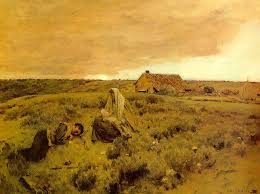
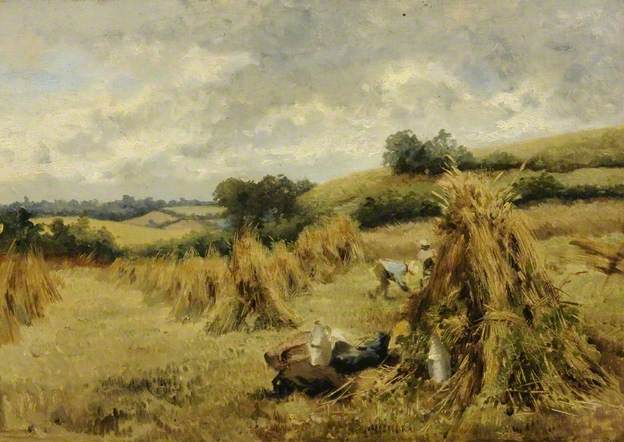


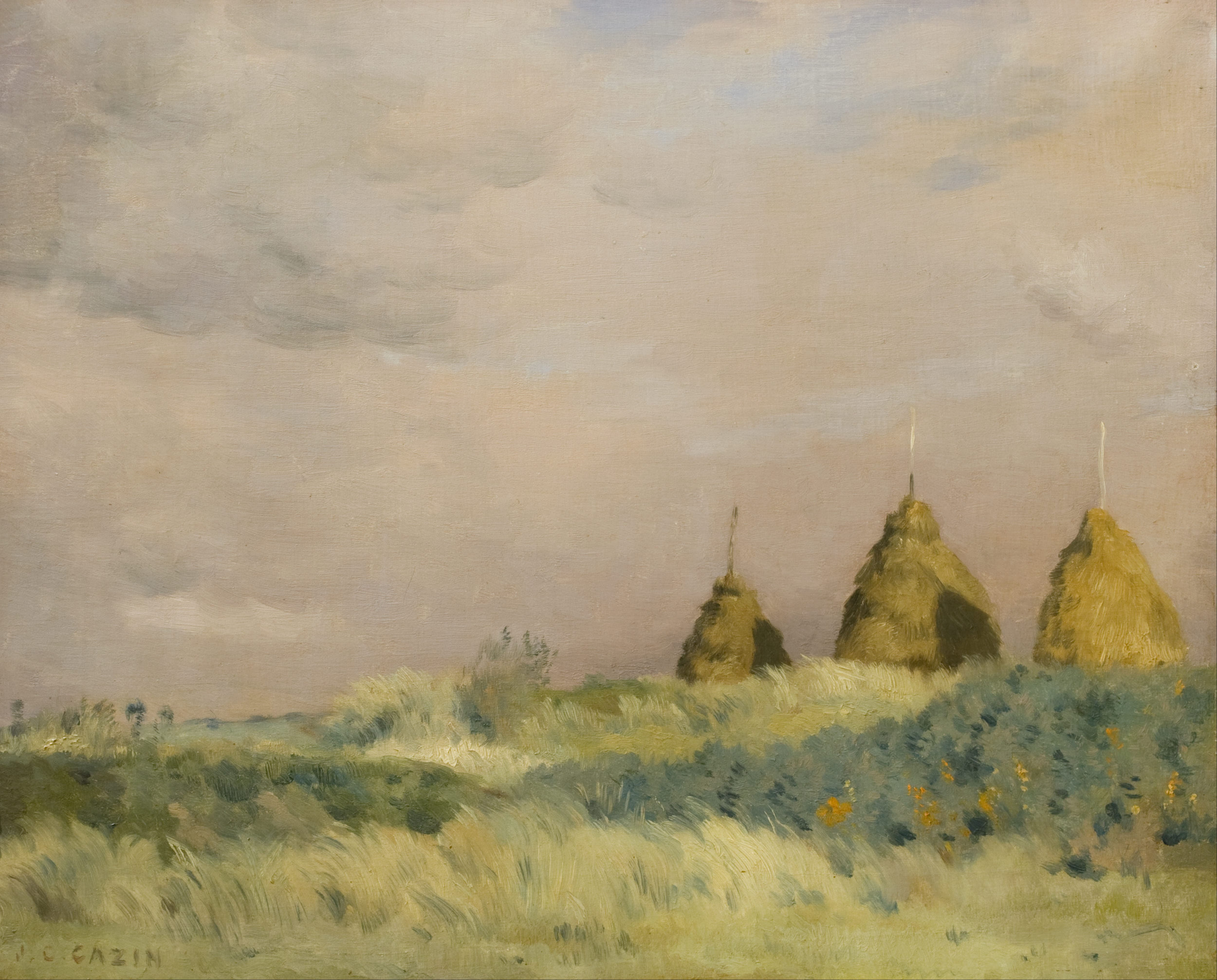




.jpg&container=blogger&gadget=a&rewriteMime=image%2F*)


